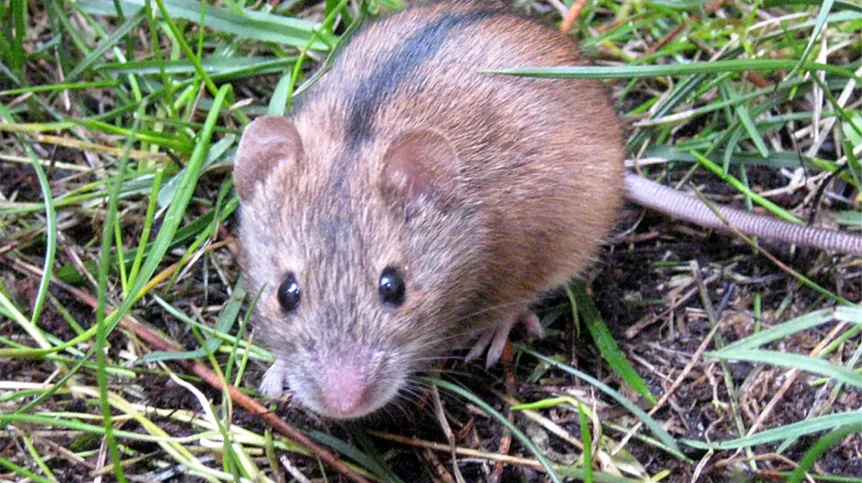
Scientists from Poland are the first to observe that the temperature of some body parts of non-hibernating mammals can drop several degrees below zero Celsius without causing any damage to the body. This concerns the tails of wild yellow-necked mice and striped field mice.
When you wrap yourself in warm clothes and put on winter footwear, hide in a heated house, smear your skin with greasy creams on a cold day - think about of yellow-necked mice and striped field mice. These small rodents, common in Poland, do not hibernate and have to venture in search of food even in the freezing cold. If even their small bodies are somehow able to survive the winter - how is it possible that their thin, sparsely haired tails, which are in contact with the cold ground, do not get frostbitten?
And here is the surprise: scientists have observed for the first time that the skin temperature of the tails of wild mice is approximately the same as the ground temperature and drops several degrees below zero Celsius in winter. Despite this, the tails remain mobile and agile. Such a reduced freezing temperature had previously been observed in the bodies of lower vertebrates: fish and amphibians, and in some mammals during hibernation, but not in active mammals. Research by scientists from the Institute of Psychology of the Polish Academy of Sciences and the Faculty of Biology of the University of Warsaw was described in the prestigious journal „Scientific Reports".
Water molecules crystallise when they freeze. Freezing water increases in volume, and ice crystals can break the continuity of biological structures and are dangerous to the body.
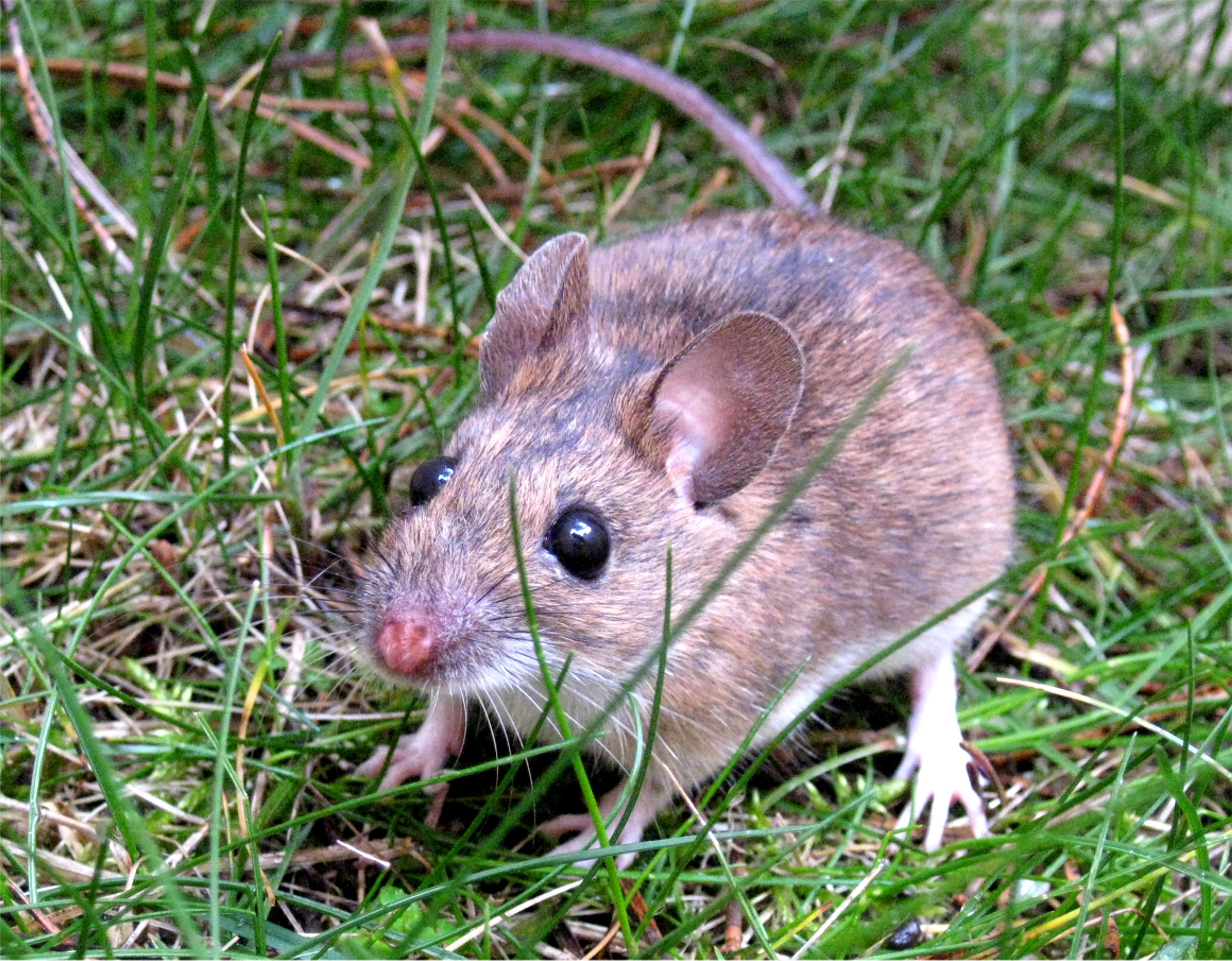
""It is considered a dogma that lowering the temperature of the environment in which mammalian cells reside to a temperature below zero degrees Celsius causes the formation of water crystals in this environment. These crystals also form in the cells themselves, ultimately causing irreversible damage and, consequently, their inevitable death. This is how frostbite occurs in tissues and entire organs - especially the peripheral ones, which are constantly exposed to frost, such as ears, tails, limbs (feet, hands, fingers), noses', one of the authors of the study, physiologist Piotr Bębas, PhD, a professor at the University of Warsaw, says in an interview with PAP.
SOMETIMES YOU HAVE TO BELT YOUR TAIL
The researchers observed mice in their natural environment in autumn and winter. They set up experimental boxes with cameras in the field and lured mice to them with nut-chocolate spread. Their research concerned something completely different - how rodents would react to the scent of predators.
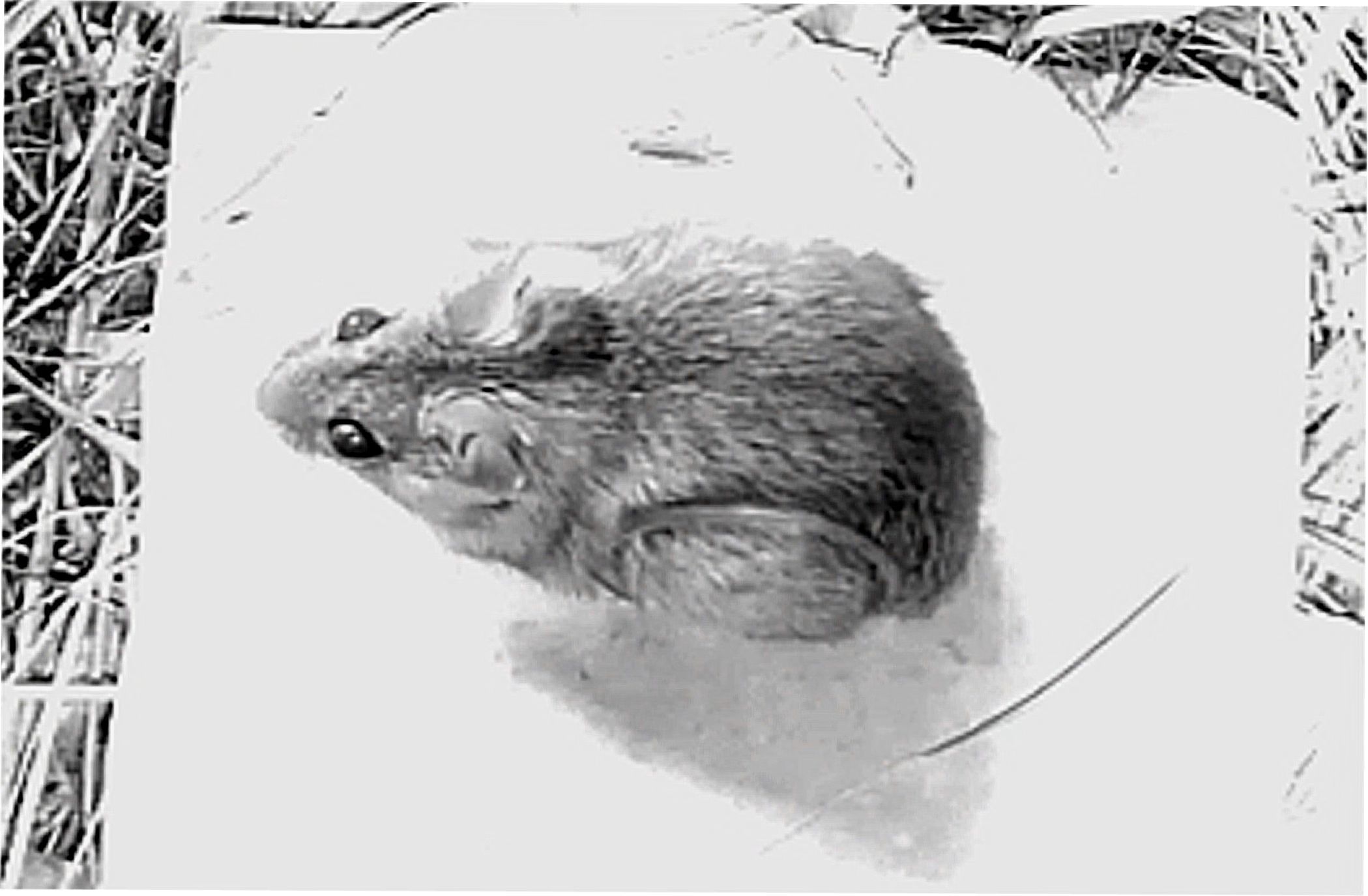
"However, when analysing the recordings, we noticed something more interesting: in severe frost, mouse mice began to belt their tails around their backs. And so, by accident, we have discovered a previously undescribed behavioural mechanism that protects mouse tail from frost', says psychologist Rafał Stryjek, PhD, from the Institute of Psychology of the Polish Academy of Sciences.
To better describe this unconditioned reflex, previously undescribed in scientific literature, scientists installed thermometers and thermal cameras in the box.
TAIL, EARS AND PAWS
And then they discovered something even more surprising: it turned out that the temperature of the tail dropped to minus 5 degrees Celsius before the mouse began to protect it on its back. 'Then, most likely, the unconditioned (i.e. innate and automatic) tail-belting reflex is triggered, protecting this part of the body from frostbite', the psychologist adds.
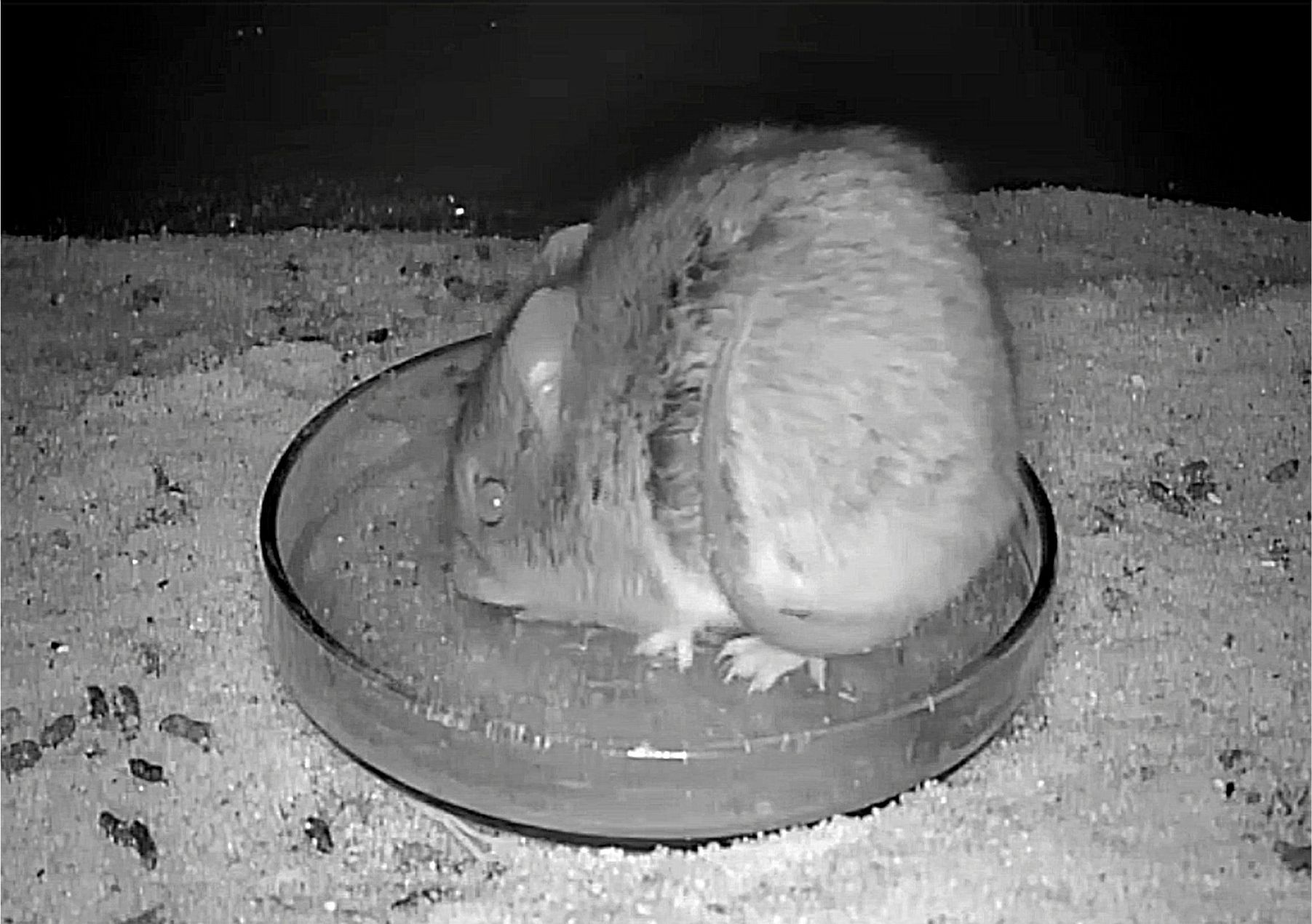
Interestingly, the temperature of mouse paws and ears - heated by body heat - seems not to drop to such low temperatures.
'If a mouse lost a lot of energy through its tail, it would wrap it around its body before its temperature dropped below zero degrees Celsius. Apparently, in moderate cold, it loses so little energy through its tail that it is not worth it to warm it then. Otherwise, natural selection would eliminate such +imprudence+', Rafał Stryjek comments.
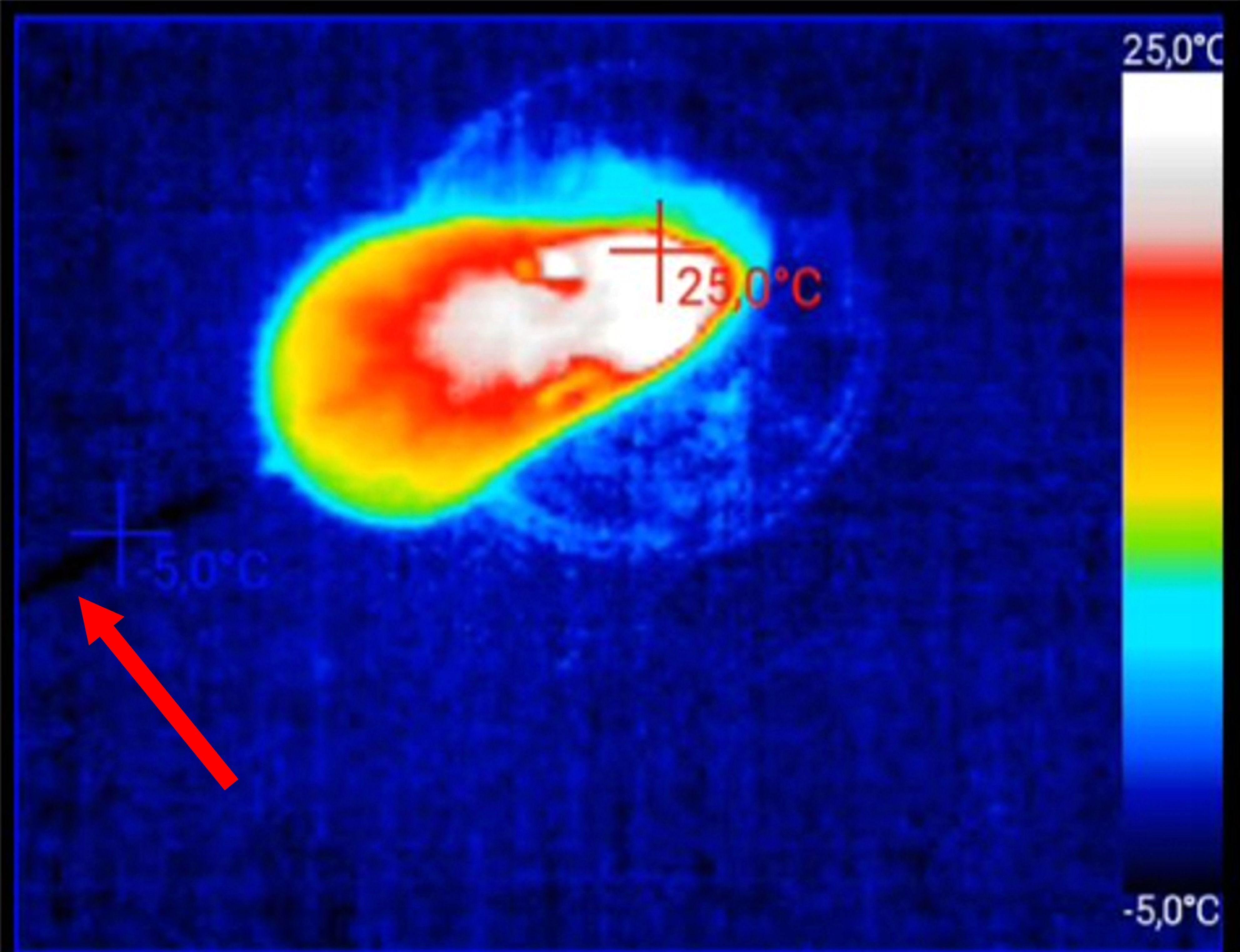
Researchers in Warsaw hypothesize that circulation inside an icy cold tail is maintained but significantly slowed down. This seems necessary to keep cells alive. Nevertheless, this mechanism needs to be determined in further studies.
ANTIFREEZE IN MOUSE SKIN
In the mouse body - the researchers suspected - there must be some substances, e.g. enzymes or physiological mechanisms, that allow to lower the freezing temperature of fluids that create the environment in which the skin cells of the tails exist.
They collected tissues from wild female mice in two seasons - summer and winter - and conducted biochemical tests on them. 'In the skin of mouse tails during frost, we found an elevated (compared to the skin of tails in summer) level of some proteins, which are a source of peptides and free amino acids, a huge increase in glycosylation of proteins (glycoproteins - proteins modified by attaching sugars to them), phospholipids and glycerol, which also suggests the participation of fats in tissue protection. These substances and their modifications can lower the freezing point of water contained in tissue fluid, blood and in the cells themselves', Piotr Bębas explains.
FREEZE-RESISTANT FISH
'It has long been known that fish body fluids do not freeze thanks to proteins (largely glycoproteins) and compounds derived from fats. And in amphibians - glycerol and urea protect against freezing. In mammals, however, such compounds that lower the freezing point of water have not been described so far', the physiologist explains.
He adds that scientists previously believed that mammals protected themselves from frostbite only by means of other mechanisms, such as changing behaviour, perfectly developed and efficient circulation, or increasing heat production by adipose (including dedicated, so-called brown fat) and muscle tissues.
FROSTBITTEN OPOSSUM'S TAIL
Bębas adds that in certain conditions, innate frost resistance, even if every mammal is 'equipped' with it, may not be enough to protect peripheral organs from frostbite. For example, among opossums from North America, after unexpected frosts, individuals are sometimes observed with frostbite wounds on the superficial layers of their tails.
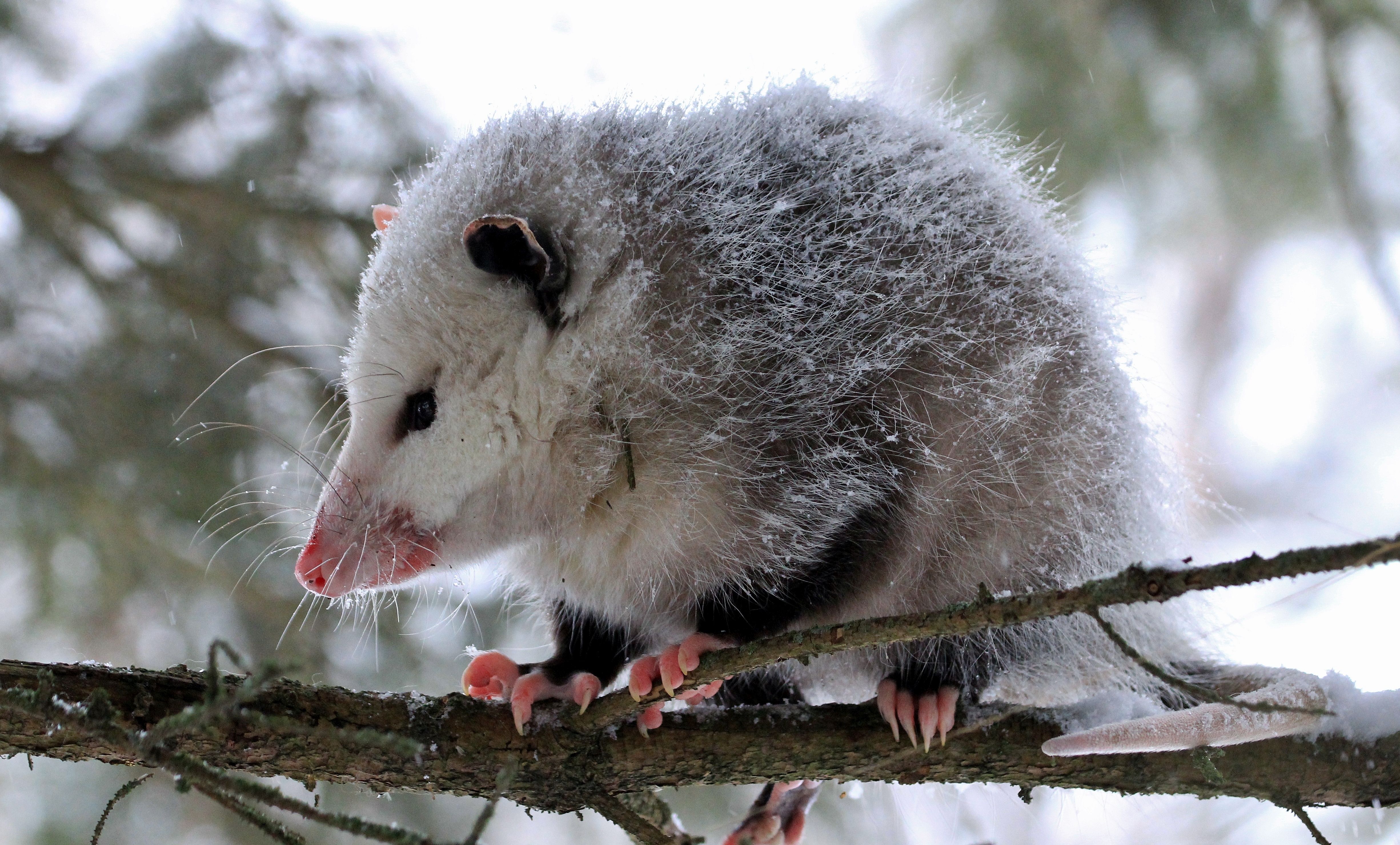
The scientist comments that this phenomenon has been observed recently and, as it seems, it may be a consequence of more rapid temperature changes that appear with climate change. 'Perhaps opossums have less efficient mechanisms to protect their tails from frost damage, perhaps they require more time to trigger defensive reactions', the physiologist says.
Meanwhile, no tail frostbite has been observed in mice near Warsaw. 'We observed hundreds of free-living individuals, and among them there was probably only one case of a mouse without a tail - and that was in the summer, so this case was probably caused by a predator or mechanical injury, not frostbite. It seems, therefore, that cryopreventive mechanisms (protecting against cold) work very efficiently in mice', says Rafał Stryjek.
HOW TO BE OR NOT TO BE SUPERCOOL
There have already been reports in scientific literature that mammalian bodies cool down to subzero temperatures during hibernation. Piotr Bębas says that the body of the Arctic ground squirrel can reach a temperature of minus two degrees Celsius without harming the animal.
The state of hibernation, however, is governed by different rules. Cooled body parts do not have to react quickly to what is happening in the environment, circulation is extremely slowed down anyway, and the body prepares for hibernation gradually.
'Interestingly, the body fluids of a squirrel cooled to subzero temperatures are in a state of permanent danger of freezing. If water crystallization (ice formation) nuclei appear in such a cooled body, the rodent may suddenly freeze to death', Piotr Bębas explains.
That is why the discovery of negative temperatures in a mouse - and therefore for the first time in the body of an active mammal - is such a surprise to physiologists. Mice - as it seems - have mastered a different method of defending themselves against frost than squirrels. They are able to maintain a temperature in the surface tissues of their tails even at minus 5 degrees C, despite the fact that the tail is constantly in motion, and because the mouse often leaves the nest and returns to it - the temperature changes are sudden.
Stryjek does not rule out that in-depth research on mouse cryoprotectants may find practical applications in the future. One can imagine, for example, new anti-frostbite creams and pharmaceuticals based on solutions copied from nature.
Bębas explains that this research - conducted with relatively small financial outlays - shows the importance of physiological research conducted in a natural environment. 'The discoveries we present in our publication could not be made by working only on mice and rodents in laboratories', Bębas says.
He explains how important it is to 'go out of the laboratory' with molecular observations and analyses. Such studies have so far been mainly conducted on the premises of universities and scientific institutes. The time is coming when behavioural ecology will be enriched with the results of ecophysiological studies. This will show us nature in a much more faithful way, without 'polluting' the results with what we have so far considered to be the most important in analyses, i.e. standardising the environment in which we conduct observations.
PAP - Science in Poland, Ludwika Tomala
lt/ zan/













